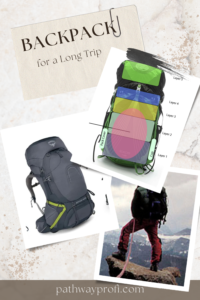Selecting the right hiking backpack is one of the most crucial decisions when preparing for a trip. The right choice will sit comfortably on your back, while the wrong one can cause discomfort, pressure points, and even pain throughout your journey. Each backpack model is unique, with some featuring innovative suspension systems for better airflow and ergonomic weight distribution, while others prioritize minimalism and lightweight construction. While comfort is the top priority, it varies for each hiker and depends on many factors. This guide will help you understand what to consider when choosing a backpack for trekking and hiking.
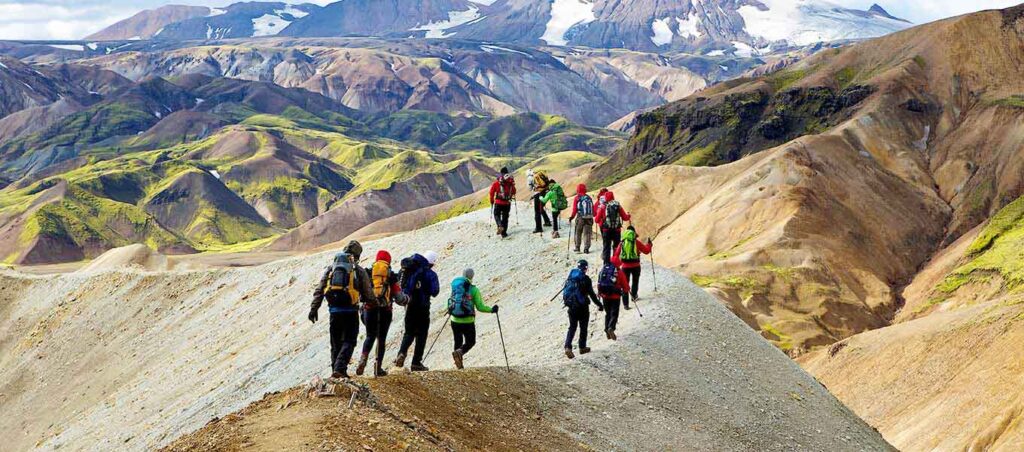
Table of Contents
Choose Based on Your Travel Style
Backpacks have evolved significantly in recent years. While the focus used to be on ultra-lightweight designs, today’s manufacturers prioritize comfort and versatility. Hiking styles have diversified, and hikers now demand backpacks that adapt to different situations, offering both ergonomic support and convenience.
Brands like Osprey and Gregory no longer compete solely on weight reduction but instead refine their suspension systems, improving ventilation, comfort, and durability. They incorporate more adjustment points for a precise fit and add functional features for greater usability. Backpack volume and load capacity are no longer the only deciding factors—your individual travel needs should guide your choice.
Think about how you plan to use your backpack:
- If you enjoy long treks with minimal weight and high mobility, you may prefer an ultralight backpack with easy access to water and snacks.
- If your trips involve frequent bus rides, flights, or rugged transport, opt for durable materials and avoid external mesh pockets that can tear.
- If you prioritize comfort over minimalism, look for a larger, well-padded backpack with multiple compartments for organization.
Backpack size doesn’t necessarily depend on trip duration or season. For most hiking styles, 40–60 liters is sufficient. For example, the Osprey Talon 44 is versatile enough for multi-week treks in Scandinavia, winter hikes in the Carpathians, and weekend getaways. However, if you want extra gear—such as a spacious tent, an upgraded cooking setup, a camping chair, or a hammock—you might need a 60-liter pack or larger. Ultimately, your personal preferences should determine the choice, rather than the distance or season.
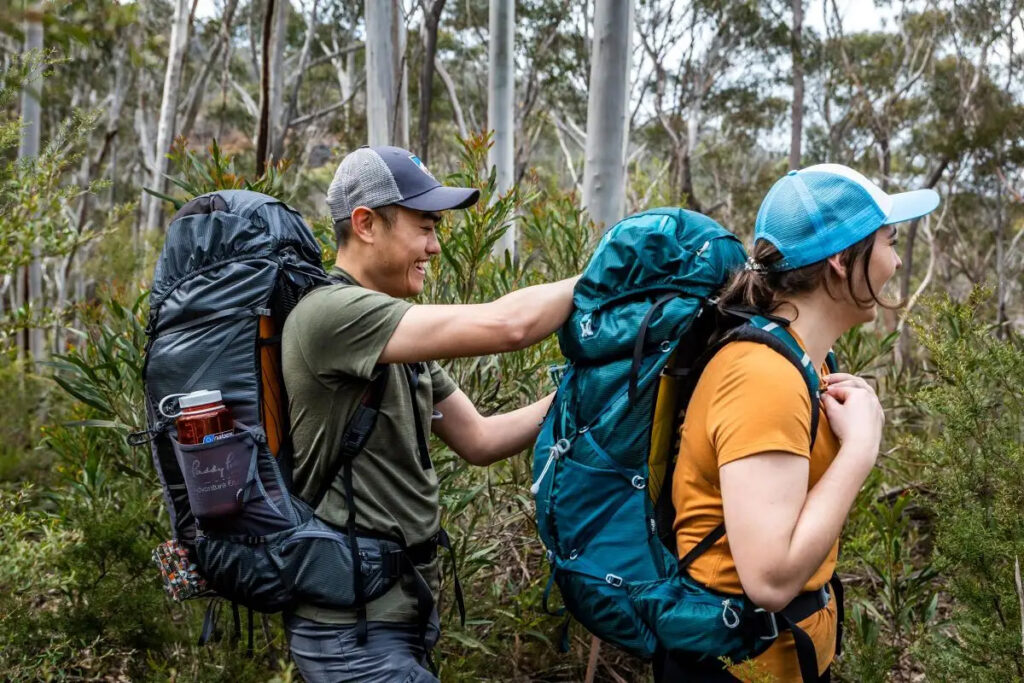
Key Features to Consider
1. Hip Belt – The Backbone of Weight Distribution
A well-designed hip belt ensures comfortable weight distribution. Manufacturers specify the recommended weight capacity for each backpack. While exceeding this weight won’t necessarily damage the backpack, it will affect your comfort.
Most of the backpack’s load should transfer to your hips, not your shoulders.
- Thin, flexible belts are suitable for loads up to 10–12 kg (22–26 lbs).
- Thicker, padded belts provide better support for 15–18 kg (33–40 lbs).
- Expedition backpacks designed for heavy gear feature wide, reinforced belts that can comfortably carry 20 kg (44 lbs) or more.
A properly fitted hip belt should rest snugly around your pelvic bones, ensuring maximum stability.

2. Back Panel & Frame – Comfort and Ventilation
The back panel and internal frame help distribute weight and maintain an ergonomic fit. These components come in different designs:
- Suspended mesh back panels: The main compartment is slightly separated from your back, enhancing ventilation—ideal for hot climates.
- Traditional padded back panels: These offer direct support and structure, often using foam padding for comfort.
💡 Note: Mesh back panels improve airflow but can be a drawback in cold or wet weather, as snow or rain may accumulate between your back and the pack.
Minimalist backpacks, like those from Exped or Sierra Designs, have no rigid back panel—instead, they rely on a hip belt and shoulder straps for weight distribution. This reduces overall weight while maintaining comfort and ventilation.

3. Shoulder Straps & Chest Strap – Essential for Stability
Shoulder straps should not bear the backpack’s weight—their primary function is to keep the pack close to your back and prevent excessive movement.
The best shoulder straps are:
✅ Ergonomically shaped – avoiding pressure on the neck and chest
✅ Well-padded – providing comfort without adding unnecessary bulk
✅ Ventilated – allowing airflow for moisture control
A sternum (chest) strap helps distribute pressure evenly across the chest, enhancing stability. If your shoulders feel strained or if the backpack pulls you backward, adjust the chest strap for better weight balance.
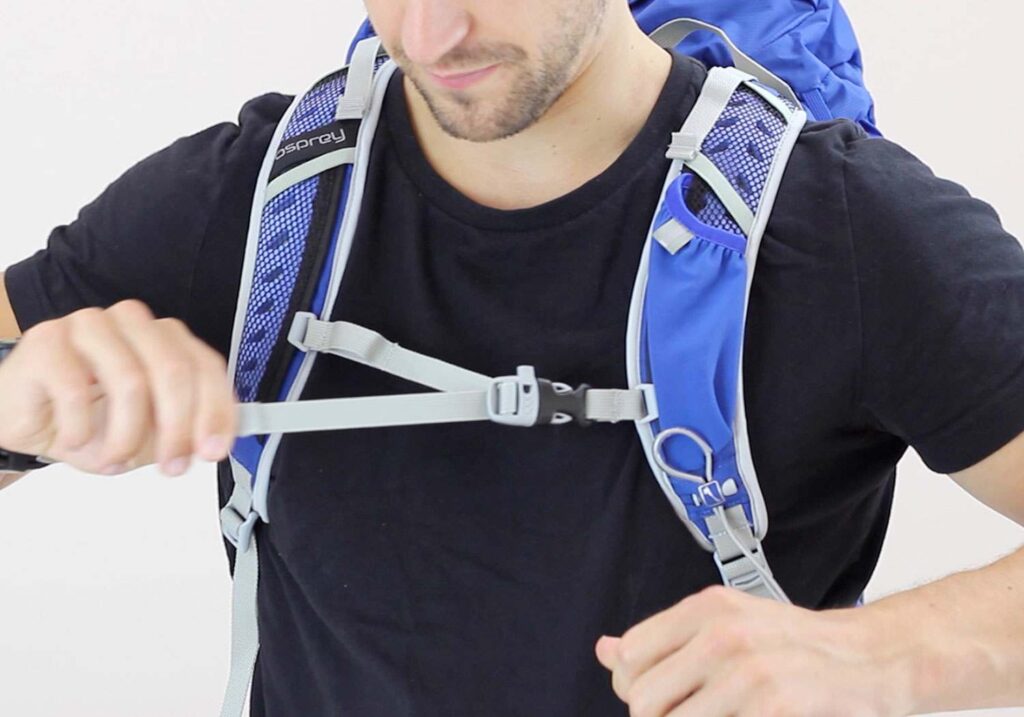
4. Access Points – Quick Entry vs. Lightweight Simplicity
Backpacks can have multiple access points to the main compartment:
- Single top-loading design – Ideal for minimalist hikers who carefully pack their gear.
- Bottom access – Useful for retrieving a tent or sleeping bag without unpacking everything.
- Front or side access zippers – Allow easy retrieval of frequently used items without disrupting the packing system.
More access points add weight, but they also increase versatility. If you like frequent breaks to enjoy the view or grab snacks, multiple access points will make your hiking experience more convenient.
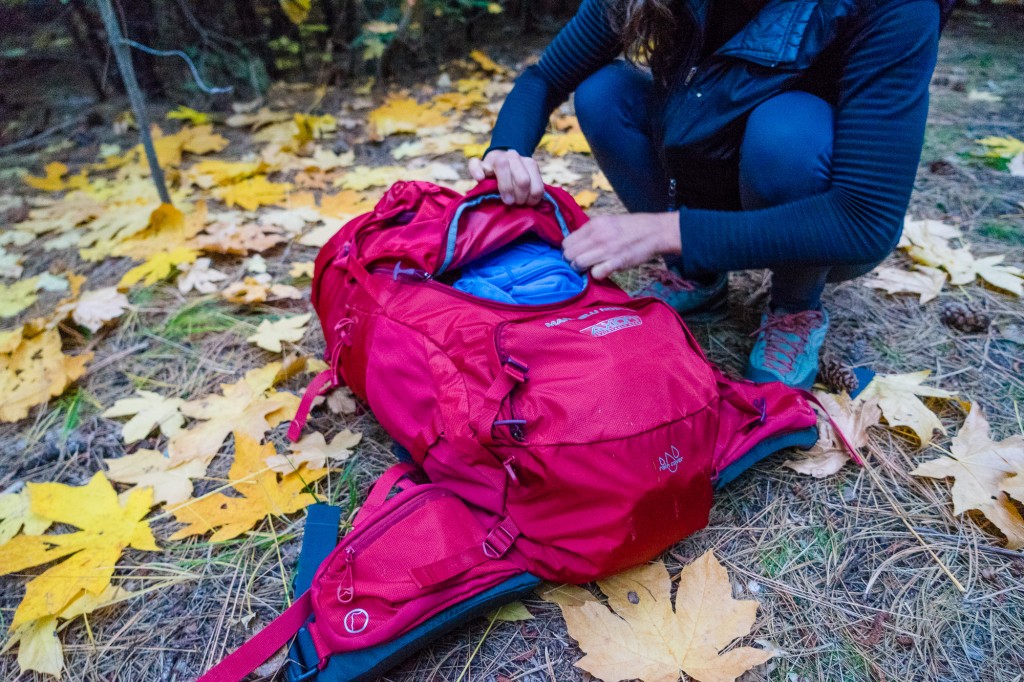
5. Pockets & Compartments – Organization for Efficiency
Your organization style will determine how many pockets you need:
- Minimalist hikers may prefer a simple design with just a main compartment and a lid pocket.
- Multi-pocket designs provide easy access to essentials, reducing the need to dig through your pack.
Common pocket features include:
🔹 Hip belt pockets – Perfect for snacks, maps, or small gear.
🔹 Side stretch pockets – Ideal for water bottles or trekking poles.
🔹 Front stash pockets – Great for storing a rain jacket or quick-access layers.
🔹 Internal compartments – Help organize small items like electronics or documents.

Final Thoughts
The best hiking backpack is one that fits your body, your travel style, and your gear preferences. While lightweight designs may be appealing, comfort and functionality should always come first.
Before purchasing:
✔ Try on different models with weight inside.
✔ Adjust the straps and hip belt to test fit.
✔ Consider your specific needs—whether it’s ventilation, durability, or quick access features.
By choosing a well-fitted backpack, you’ll ensure a comfortable and enjoyable hiking experience, no matter where your adventures take you!




